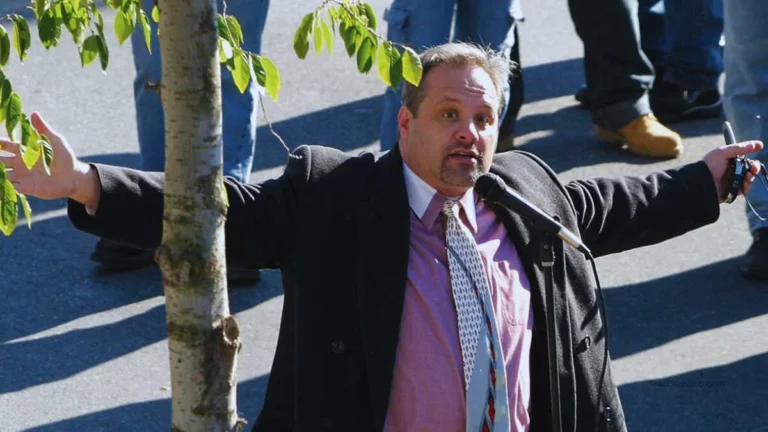Harold Charles “Hal” Turner, a figure synonymous with far-right extremism and controversy, has carved a niche within the realm of political commentary that has repeatedly crossed the boundaries of free speech and legality. Born on March 15, 1962, in North Bergen, New Jersey, Turner has become a polarizing figure, especially known for his provocative radio show and contentious online presence. This article provides an in-depth analysis of Turner’s activities, his legal confrontations, and the broader implications of his brand of political discourse.
Early Life and Career Beginnings
Hal Turner’s early life is somewhat obscure, with limited information available about his upbringing and education. He emerged into public consciousness in the early 2000s with the launch of “The Hal Turner Show.” Broadcasted primarily on WBCQ, a shortwave radio station known for its diverse programming, Hal Turner’s show quickly gained attention for its extreme right-wing content and incendiary commentary.
The Hal Turner Show and Its Content
“The Hal Turner Show” has been characterized by its unapologetically radical right-wing stance. Turner’s broadcasts have included a range of far-right ideologies, from white supremacist rhetoric to outright Holocaust denial. His shows have often been peppered with conspiracy theories, some of which have accused various government bodies and officials of nefarious actions against the public good.
Turner’s commentary has not just stayed within the confines of political opinion but has frequently ventured into the territory of direct action. He has made several calls for the assassination of government officials, which have not only stirred controversy but also prompted legal action against him.
Legal Issues and Conviction
Perhaps the most significant legal confrontation in Turner’s career came about as a result of his comments against three federal judges of the 7th U.S. Circuit Court of Appeals. In 2010, Turner was convicted for making threats against these officials, which he posted on his blog. His posts were deemed to be credible threats against the lives of the judges, leading to his arrest and subsequent conviction.
Turner’s defense often hinged on the claim that his inflammatory remarks were protected under the First Amendment right to free speech. However, the courts maintained that Turner’s statements crossed into criminal conduct by specifically inciting violence and posing credible threats to individuals’ lives. He was sentenced to 33 months in prison, a decision that underscored the legal boundaries of broadcasted content.
Online Presence and Controversies
Alongside his radio show, Turner has maintained a significant online presence through his blog, which has changed URLs frequently over the years. His blog has been a platform for spreading further extremist views and has been caught disseminating false information and hoaxes. This has included fake news stories designed to stoke fear and promote his extremist ideologies.
Public and Media Response
The public and media response to Hal Turner has been sharply divided. While he has maintained a following among like-minded individuals who support his views, he has also faced immense criticism from both the public and the media. Critics argue that Turner’s brand of journalism is dangerous, potentially inciting violent actions and promoting hateful ideologies.
Civil rights organizations and watchdog groups have continuously monitored Turner’s activities, often alerting law enforcement and the public to potential threats emanating from his broadcasts and writings.
Conclusion
Hal Turner’s case presents a complex intersection of free speech, media ethics, and legal boundaries. While he has utilized his platform to express his views, the content has often ventured into illegal territory, resulting in significant legal repercussions. Turner’s activities prompt broader questions about the responsibilities of media figures in disseminating information and the extent to which freedom of speech protects or should protect the spread of harmful, extremist ideologies.
As society continues to grapple with these issues, Turner’s legacy serves as a cautionary tale about the power of media and the potential dangers of extremist rhetoric in the digital age. His story is a stark reminder of the thin line between free expression and unlawful incitement, a line that remains as relevant today as ever in our continuously evolving media landscape.
